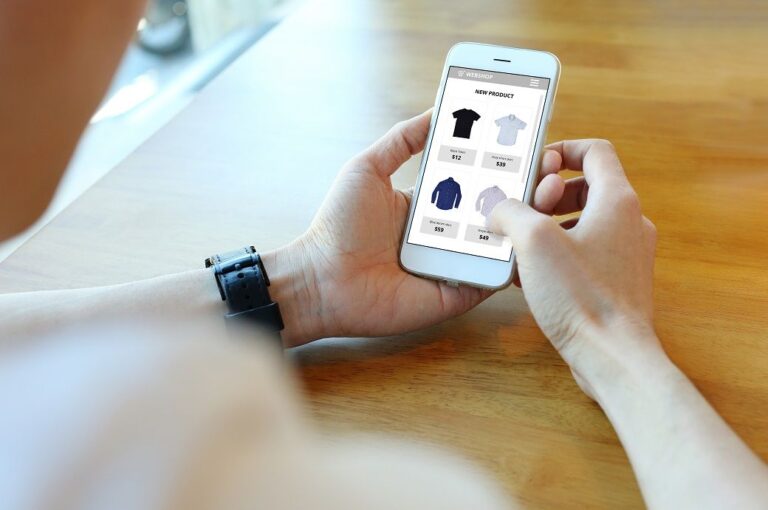
[ad_1]
Nearly 15 per cent of Singapore’s e-commerce for example can be attributed to such commerce that happens on social platforms. While COVID significantly increased user time on social platforms, it has also developed longer-term opportunities in e-commerce. Instead of just passing high-quality traffic to e-commerce platforms through advertising, social platforms have matured and sought to capture a greater share of the economic value, according to a report titled ‘Social Commerce in Southeast Asia 2022’ by market intelligence firm Cube Asia.
Social experiences are expected to directly influence $42 billion of e-commerce sales in Southeast Asia by the end of 2022. E-commerce platforms are also trying to introduce social features such as live shopping to make their own platforms more engaging, which is another form of social commerce that’s set to grow, as per a report by Cube Asia.
As part of the research, Cube Asia systematically dissected four different social elements in e-commerce that make up the social commerce market. The company also analysed opportunity sizes for each of these elements, as well as the overlaps across them to estimate the overall social commerce market size in Southeast Asia.
The report found that e-commerce on social platforms is set to contribute $34 billion to Southeast Asia in 2022. Among more than 800 beauty brands from the Cube Asia Indonesia brand panel, 44 per cent are present on TikTok Shops, where beauty is the most popular category with 63 per cent. Nearly 30 per cent of Singapore’s internet users surveyed recently claim to have made a purchase on TikTok Shop this year.
Conversational commerce was revealed to directly contribute $12 billion in Southeast Asia, where customers select a product and pay directly on the messaging app. In markets such as Singapore, the digital hub of Southeast Asia, 45 per cent of internet users are shopping on messaging apps, with conversational commerce found to be most popular among users of WhatsApp and Facebook Messenger.
“The pandemic changed consumer behaviour forever, accelerating the rapid adoption of digital products and services and boosting the importance of e-commerce across Southeast Asia,” said Florian Zenner, Sprinklr SVP for APAC and Japan. “The most successful businesses will seize the opportunity to harness technology such as AI chatbots or voice assistance to deliver customers experiences that are convenient and personalised.”
Live shopping sales in Southeast Asia grew more than tenfold to $13 billion in 2022. Around 44 per cent of internet users in the region were found to have participated in live shopping in the last 12 months, with the most active audiences in Vietnam and Thailand where 60 per cent of respondents have made a purchase.
Singapore lags behind in comparison with only about 35 per cent of users shopping from live streams in 2022. Live shopping today is a fragmented ecosystem with three categories of live sellers across independent sellers, influencers, as well as brands and retailers; and three types of platforms across social media, e-commerce, and native platforms. Live Shopping is characterised by great deals and deep discounts between 20-40 per cent, to create a reason for users to tune in and an urgency to buy, added the report.
Community group buy is currently the smallest contributor to e-commerce, with a 2-3 per cent market share in Southeast Asia. Inspired by Pinduoduo in China and Meesho in India, many new retail start-ups have tried to use community or group dynamics to drive e-commerce growth in Southeast Asia. Like for most cities in developing markets such as Indonesia, this model has also found footing in Singapore, with messaging apps like WhatsApp helping small neighbourhood communities aggregate demand to get better prices.
Fibre2Fashion News Desk (NB)
[ad_2]
Source link